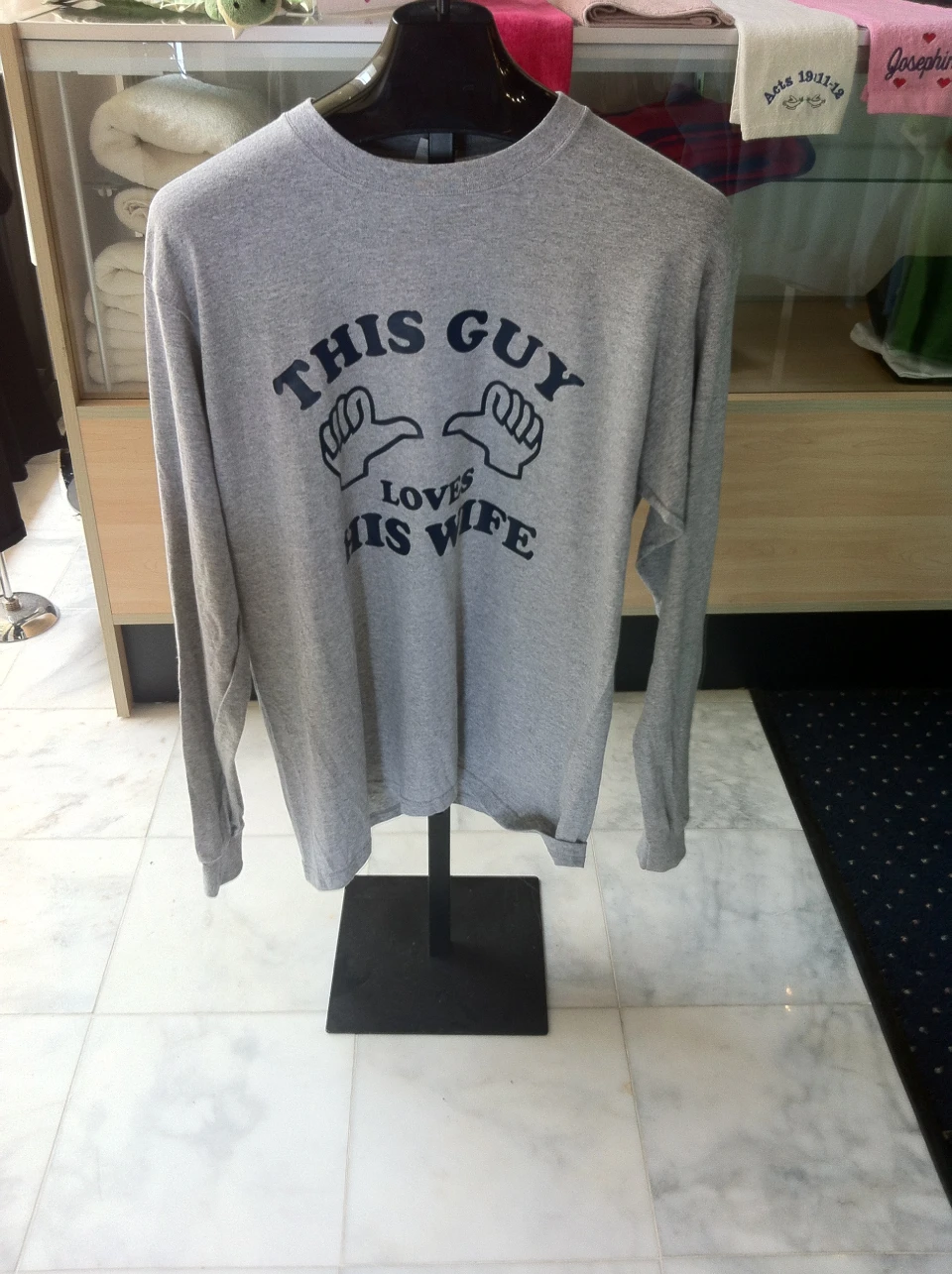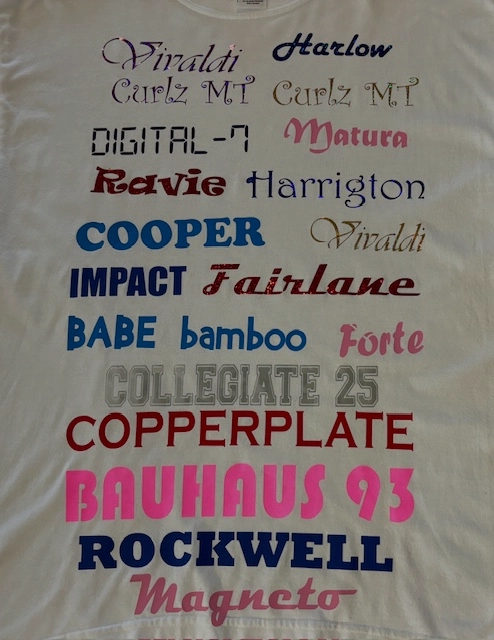The Art of Customized Needlework: Unlocking the Tricks to Creating Distinct and Remarkable Styles
Needlework, a craft soaked in tradition and creativity, holds within its elaborate stitches the power to change textile right into a canvas of special expression. The tricks to creating custom-made embroidery styles that astound the eye and leave a long-term impact depend on a delicate equilibrium of technique, creative thinking, and interest to information. As we look into the world of custom-made embroidery, we uncover the nuanced interaction in between string selection, stitch intricacy, and design personalization that raises a simple garment to an artwork. Join us on a trip with the art of personalized embroidery as we untangle the secrets behind crafting really memorable and distinctive productions.
Selecting the Right Needlework Threads
When choosing embroidery strings, what essential factors should you take into consideration to guarantee the very best results for your personalized designs? The selection of embroidery thread is vital in determining the final outcome of your embroidered style. Among the primary considerations is the material of the string. Different products such as cotton, polyester, rayon, and silk use differing degrees of sheen, durability, and structure. It is important to select a string product that enhances the textile you are stitching on and straightens with the desired appearance of the style.
Moreover, the weight or thickness of the string plays a substantial role in the look of the embroidery. Thicker threads can include measurement and structure to your layout, while finer threads are ideal for intricate details and small text. Furthermore, thinking about the shade fastness and washability of the string is vital to ensure that your personalized styles maintain their top quality and vibrancy over time. By meticulously examining these variables and picking premium threads that meet your details demands, you can improve the visual charm and long life of your embroidered creations.
Checking Out Various Stitch Strategies
To look into the realm of 'Checking out Various Stitch Techniques', one must comprehend the intricacies and nuances that each sewing method brings to the art of needlework. Different stitch methods not just include visual passion but likewise add to the general appearance and dimension of the layout. One popular stitch strategy is the satin stitch, which includes very closely jam-packed parallel stitches to create a smooth and shiny surface, ideal for completing shapes and developing vibrant describes.
On the other hand, the backstitch is a flexible method typically made use of for describing and adding fine details. It involves sewing backward to produce a strong line of embroidery. Furthermore, the French knot stitch includes a responsive element to layouts, ideal for producing textured accents like flower facilities or decorative touches.
Exploring various stitch techniques permits embroiderers to have fun with light, shadow, and depth within their layouts, elevating the visual charm and artistic top quality of their needlework projects. By grasping various sewing techniques, one can open endless opportunities for creating one-of-a-kind and memorable custom-made embroidery pieces.
Incorporating Personalized Layout Components
Having checked out the details of various stitch strategies such as the satin stitch, backstitch, and French knot, the emphasis now shifts towards integrating individualized style elements in personalized embroidery jobs. Customized style components play an important duty in making needlework tasks truly unique and remarkable. One way to include customization is by adding initials, names, or substantial days to the style. This not just includes an individualized touch yet also improves the emotional value of the needlework item.
One more means to integrate tailored design components is by including symbols or concepts that hold special definition to the recipient or show their rate of interests and character. Including a favorite blossom, pet, or hobby-related sign can make the needlework layout a lot more significant and tailored. Furthermore, picking shades that resonate with the recipient or line up with the designated motif can even more boost the customization of the embroidery task.
Grasping the Art of Color Sychronisation

One trick element of color control is recognizing shade theory. This includes knowing how different colors connect with each other, the emotions they convey, and exactly how they can be integrated to develop visually attractive layouts. By applying color concept concepts, embroiderers can create harmonious color palettes that enhance the overall Learn More look of the design.
Furthermore, paying attention to comparison is crucial in color control. Utilizing Going Here contrasting colors can assist particular aspects of the design pop, improve legibility, and develop a visually vibrant needlework item. By grasping the art of color control, embroiderers can raise their designs and create memorable pieces that resonate with clients and audiences alike.
Enhancing Structure With Advanced Embroidery Stitches

Bullion knots, on the other hand, can be made use of to produce twisted, ropelike elements that read the article include a lavish feel to the needlework. Experimenting with these advanced needlework stitches enables you to push the borders of typical embroidery and develop really unique and visually appealing textures in your layouts.
Verdict
In verdict, the art of custom embroidery involves a mix of picking the best threads, discovering different stitch techniques, including tailored design elements, grasping shade coordination, and enhancing texture with sophisticated stitches. By comprehending and implementing these crucial elements, embroiderers can develop special and memorable styles that showcase their creativity and ability. Embroidery enthusiasts can open the secrets to creating gorgeous and custom items that stand apart and leave an enduring impact.